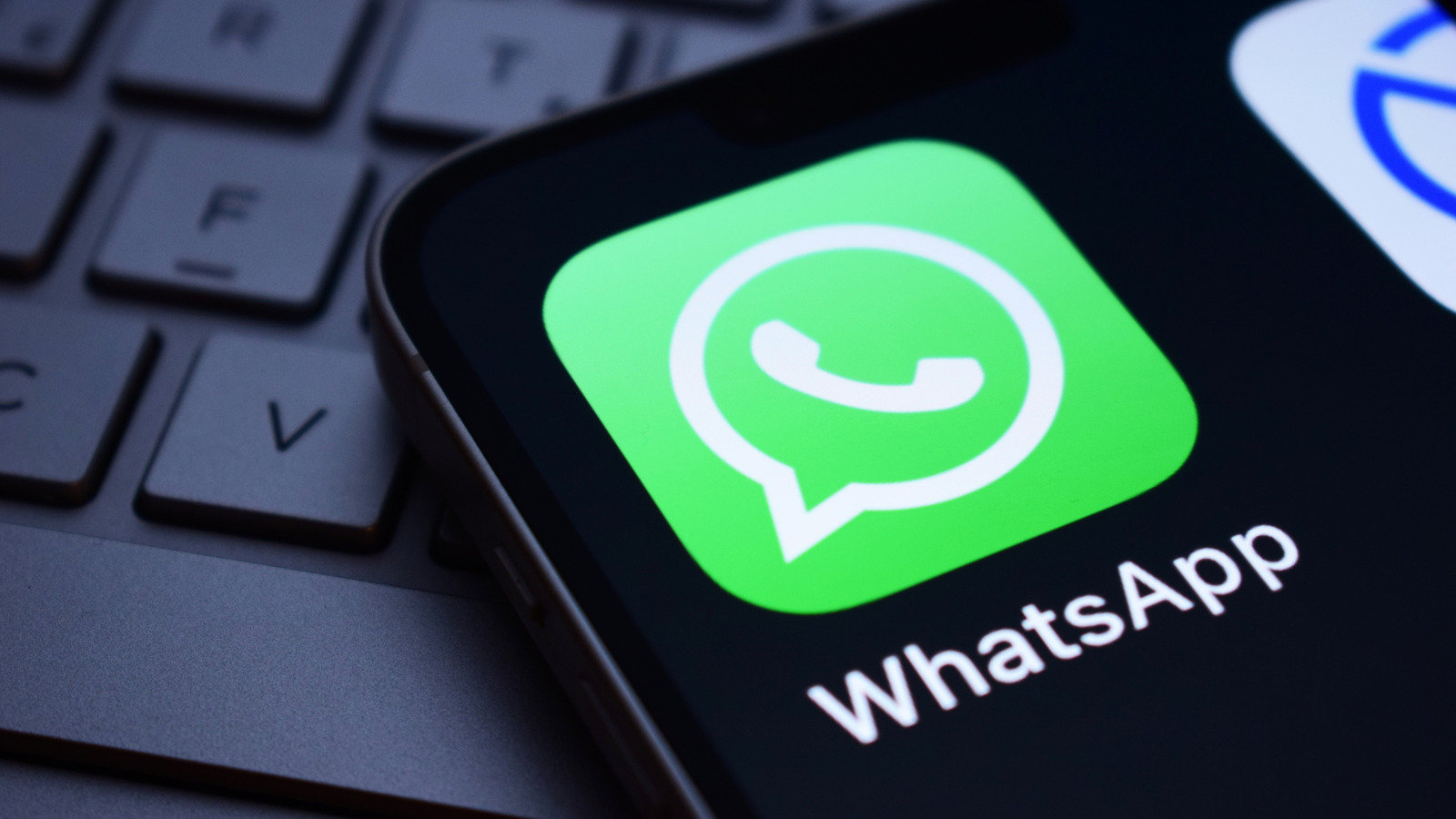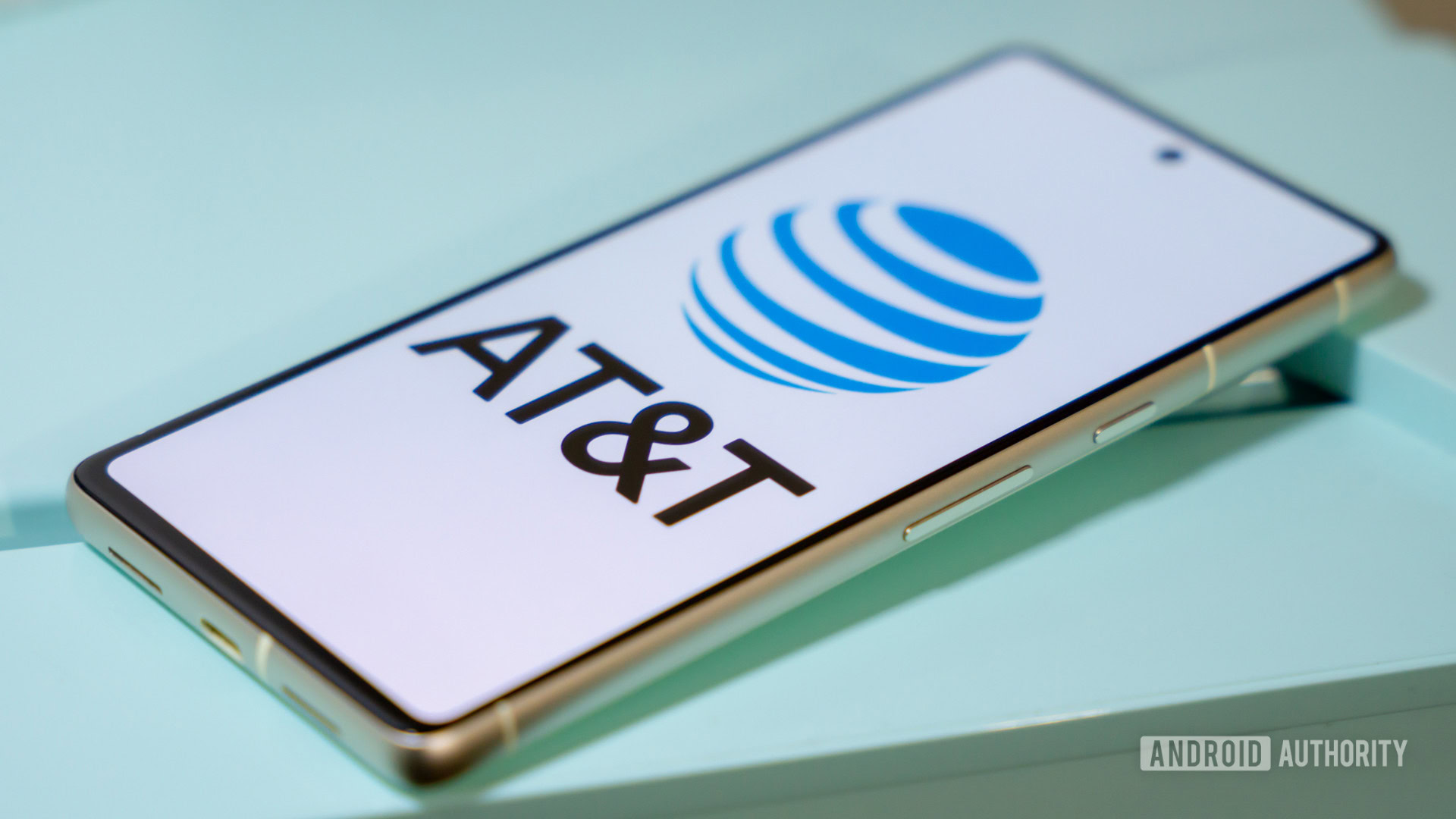Price
Both the Galaxy Watch 8 and the Pixel Watch 4 come in two sizes: 40mm and 44mm for the Samsung and 41mm and 45mm for the Google. The smaller versions of both start at $349. The larger Samsung costs $379.99, and the larger Google costs $399. Adding LTE to either Samsung model costs $50 extra, or $100 for Google.
Older Samsung models were more affordable than Google’s across the line. Samsung bumped the price of its latest generation, and Google didn’t, so now they share the same starting point, but Google still charges more for premium versions of its latest smartwatch.
Winner: Galaxy Watch 8
Design
The Samsung Galaxy Watch 8 has more of a squared bezel than its predecessor (Samsung calls it a “cushion design”) and a dynamic lug system brought over from the Galaxy Watch Ultra to help the watch move more naturally and comfortably with your wrist. At a glance, it looks like a squircle, and it can be off-putting. Over the course of my testing, the look grew on me, and I found the watch comfortable to wear.
The squircle desgin of the Galaxy Watch 8 is an acquired taste (Credit: Andrew Gebhart)
Compare that with the Pixel Watch 4, which is striking at a glance thanks to its curved display. The Pixel Watch series is known for its curved teardrop glass cover. The Pixel Watch 4 is the first in the line to have a curved screen under the glass. That Actua 360 display isn’t just attractive, it also offers 10% more active area and 15% smaller bezels than the Pixel Watch 3.
The Galaxy Watch 8’s screen is Super AMOLED, compared with an AMOLED screen on the Pixel Watch 4. Both top out at 3,000 nits of brightness, so they’re both easy to see in direct sunlight and sharp at a glance.
Winner: Pixel Watch 4
Durability
In terms of durability, the Galaxy Watch 8 has a MIL-STD-810H certification, meaning it can endure extreme temperature changes, blowing sand, and other environmental stressors such as vibration and shock, an assurance you don’t get with the Pixel Watch 4. Otherwise, both watches have a 5ATM waterproof rating, meaning they can survive up to 164 feet of fresh or salt water for 10 minutes, and they’re also both rated at IP68 for general dust and water resistance.
I’ve always had concerns about the long-term durability of the curved glass on Google’s smartwatches, and the curved screen on the Pixel Watch 4 exacerbates our fears. At the same time, the Watch 4 alleviates those worries to an extent, as it’s the first in the line to be fully repairable. You can replace the display or the battery if something goes wrong. Samsung hasn’t promised the same serviceability, but the military spec rating means its watch is more rugged to begin with.
Winner: Galaxy Watch 8
Battery
The smaller models of both the Galaxy Watch 8 and the Pixel Watch 4 have the same 325mAh capacity. The 45mm version of the Pixel Watch 4 has a slight edge over its Galaxy counterpart, with a 455mAh cell compared with a 425mAh battery in the 44mm Galaxy Watch 8.
Samsung estimates that both versions of its Galaxy Watch 8 last 30 hours on a charge with the always-on display active and 40 hours with it disabled. Google estimates that the smaller Pixel Watch 4 will last 30 hours and the larger will power through 40 hours with the always-on display active. Again, the smaller versions match, while Google has an edge with the larger model.
In testing, the Galaxy Watch 8 fell just short of the company’s estimates, lasting 39 hours with the always-on display disabled and 26 hours with it enabled. Since it was just announced, I haven’t tested the Pixel Watch 4’s battery life yet, but the Pixel Watch 3 exceeded the company’s estimates. Both versions of the Pixel Watch 3 were given 24-hour estimates; the smaller version lasted 34 hours, and the larger 46.5 hours in our real-world testing. If that trend continues, the Pixel Watch 4 could far outpace the Galaxy Watch 8 in practical battery life.

The Pixel Watch 4 shows info while charging (Credit: Eric Zeman)
The Pixel Watch 4 also comes with a cool new charger that holds the watch on its side, so you can still see the time, the charge level, and any set alarms while it juices up. The Galaxy Watch 8 uses a traditional, magnetic puck.
Winner: Pixel Watch 4

Get Our Best Stories!
All the Latest Tech, Tested by Our Experts

By clicking Sign Me Up, you confirm you are 16+ and agree to our Terms of Use and Privacy Policy.
Thanks for signing up!
Your subscription has been confirmed. Keep an eye on your inbox!
Processor
The Samsung Galaxy Watch 8 uses the same five-core Exynos W1000 processor as its predecessor. The Pixel Watch 4 uses a dual-processor setup, with a Snapdragon W5 Gen 2 processor with a Cortex-M55 coprocessor, both upgrades over the Qualcomm SW5100 and Cortex-M33 in the Watch 3.
Notably, Qualcomm’s new Snapdragon processor in the Pixel Watch 4 is the first wearable chip with support for emergency satellite communication. If you’re out hiking away from your phone and a traditional signal, you’ll still be able to call for help.
Both the Galaxy Watch 8 and the Pixel Watch 4 have 2GB of RAM and 32GB of storage.
Winner: Pixel Watch 4
Lifestyle Features
Both the Galaxy Watch 8 and the Pixel Watch 4 run Wear OS 6 and have Google’s conversational AI Gemini built in. On both watches, Gemini can answer questions, send texts, and interact with apps like Calendar, Clock, Health, and Reminder, providing a new hands-free way to interact with your watches. You can activate Gemini with a customizable button on the Galaxy Watch 8, and the Pixel Watch 4 has the additional option to raise your wrist to talk to the AI.
Recommended by Our Editors
Otherwise, the Galaxy Watch 8 has Samsung’s One UI 8 interface on top of Wear OS 6 to put its own spin on interacting with your watch, with support for gesture controls to dismiss an alarm by twisting your wrist or take a picture by double-pinching your fingers. Both watches have access to the Play Store and its growing selection of wearable apps. Both watches also do everything you’d expect of a flagship smartwatch, such as allowing for calls and contactless payments.
Winner: Tie
Fitness Features
Comparing previous-gen models, the Pixel Watch 3 offers more AI-powered health assessments than the Galaxy Watch 7. The Pixel Watch 3 provides a Daily Readiness Score, Cardio Load, and Target Load to give you a sense of how well your body can handle exertion, how your fitness is progressing over time, and specific goals for your workout, respectively. The Galaxy Watch 7 uses AI to offer a similar holistic Energy Score and a personalized daily Wellness Tip. The latest models retain those features, while adding new and improved health and fitness capabilities.

The Pixel Watch 4 can track more activities than its predecessor (Credit: Eric Zeman)
The Pixel Watch 8 adds an AI-powered coach, launching as a preview this fall, to give specific fitness and sleep advice. It can track more exercises than its predecessor, including basketball and pickleball. It promises more reliable automatic workout detection, has an improved skin temperature sensor for more accurate overnight health data, plus a dual-frequency GPS for precise location tracking in cities and forests. It can even stream real-time cycling metrics to the Fitbit app for use as a heads-up handlebar display.
The Pixel Watch works with the Fitbit app, and while most features are free, including the AI health assessments, Fitbit has a premium version for $9.99 per month, offering daily run recommendations and a library of audio and video workouts. Samsung does not have any fees associated with its health or wellness features.

The Galaxy AI running coach in action (Credit: Andrew Gebhart)
The Galaxy Watch 8 also added a ton of new features. Galaxy AI can now act as a running or sleep coach. The watch can uniquely measure your antioxidant levels or your arterial health through nighttime vascular load measurements. Even before the Watch 8, the Galaxy series had lots of unique features on this front that carry forward. You can use it to measure your body composition like a smart scale. It can even measure snoring with it if you also have a Samsung phone nearby.
Both the Galaxy Watch 8 and the Pixel Watch 4 have various sensors to measure activity, exercise, sleep, and stress. They can also take an ECG, track sleep cycles, and monitor blood oxygen levels. These are highly capable health and wellness tools, but Samsung remains unmatched in its sheer volume of useful extras on this front.
Winner: Galaxy Watch 8
Which Watch Is Right for You?
Since I haven’t tested the Pixel Watch 4, I’m not ready to declare a winner just yet. The Pixel Watch 4 is slated for release on October 9. Check back then for my review and an update to this article with definitive buying advice.










